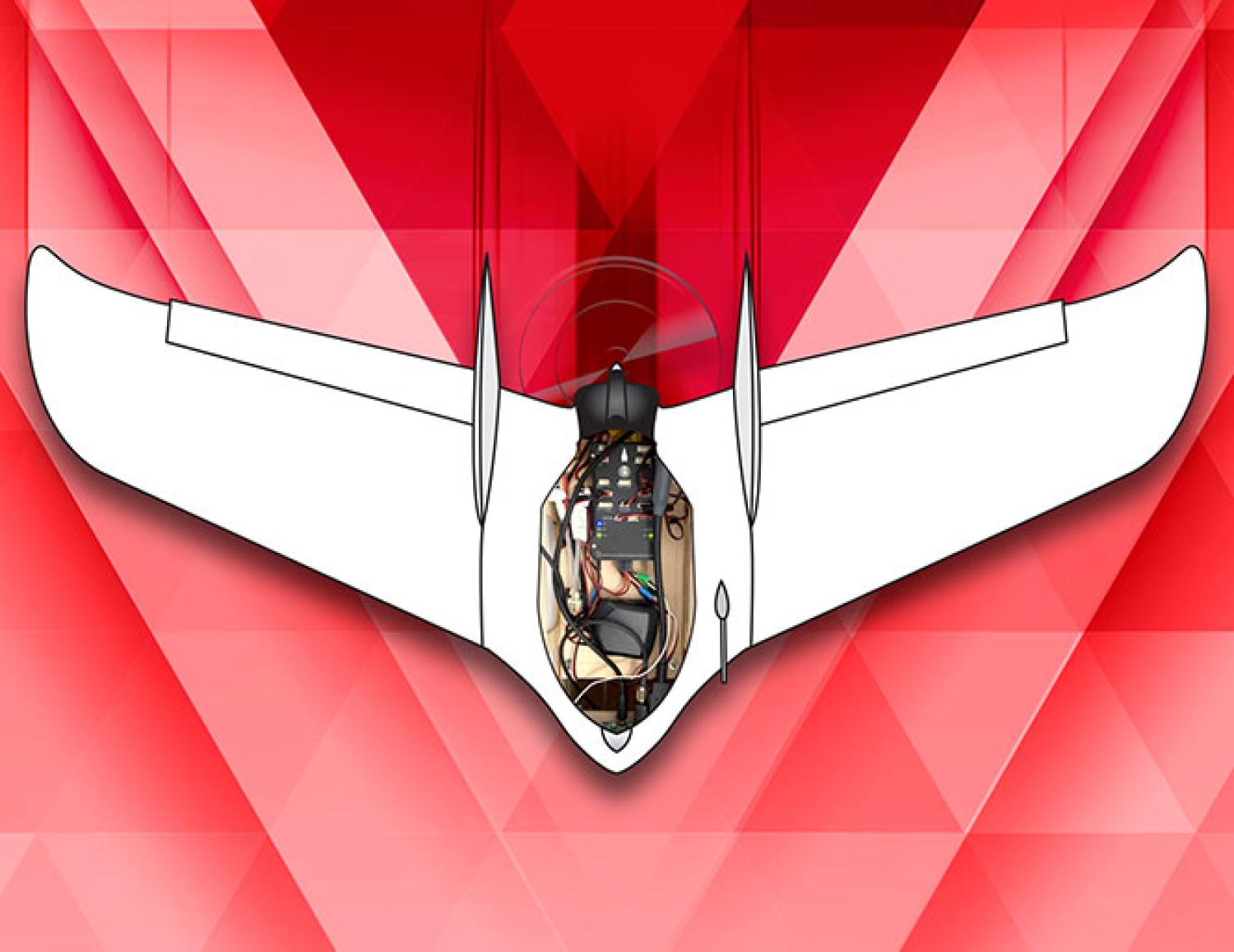RECUV work highlighted in GPS World

Work performed by RECUV faculty member Dennis Akos and student Joshua Tubbs is the focus of a new article in GPS World. Their work takes a look at how radio-frequency interference can impact GNSS equipment on unmanned aircraft systems and how robustly the equipment can navigate those systems. The article provides background on the status of GNSS standards for UAS. It explains why radio-frequency interference (RFI) can be expected on some UAS, together with what issues the RFI could cause for the navigation engine. A simple experiment to determine the presence of RFI in the GPS L1 band due to proximity of a GPS antenna to electronics is presented. Next, the article discusses real-time kinematic (RTK) positioning for UAS purposes. In terms of accuracy, RTK positioning often provides the best results. The robustness of RTK measurements is questionable, though, because the technique relies on carrier-phase measurements. Finally, they present a case study, which shows some of the issues of using RTK positioning for UAS.

